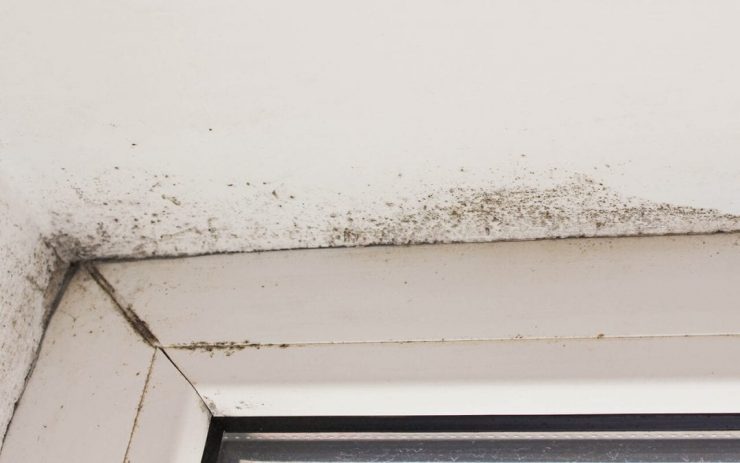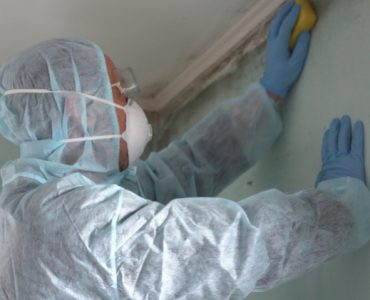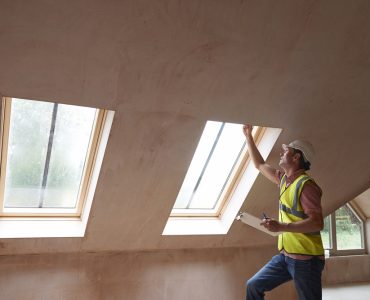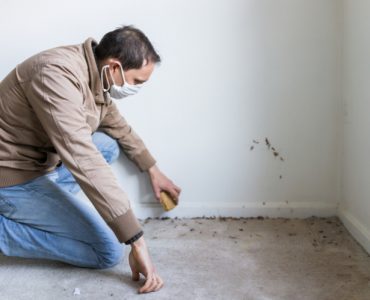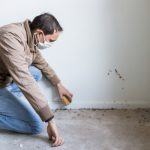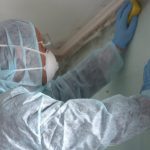Homes are susceptible to all sorts of things going wrong at various times, and as a homeowner you are likely aware of many potential problems. Good home maintenance is an essential part of ownership, and in particular keeping on top of exterior work to keep your property in good condition.
When it comes to the inside of your house you may think that keeping on top of the decorating is mostly what you need to do. It’s not, because you need to be as thorough in seeking out possible interior problems as you do for your home’s exterior. And one of the things that’s easy not to spot, unless you are looking for it, is the appearance of mold.
So what are the main signs that mold is present in your home? There are some key points to check and if any of them are there then you should seriously consider getting a mold inspection.
Where does mold grow?
Mold can grow anywhere if the conditions are right. Any home surface could be at risk if there is the right balance of moisture, nutrients and temperature. Mold likes damp and humid conditions and its spores can spread rapidly. Watch out for fuzzy substances appearing on surfaces, especially anythat are black, and check for spots that shouldn’t be there.
One of the problems with doing your own inspection is that you could easily miss signs that are not immediately apparent. Black mold could be hiding behind paneling or behind a dry wall and that’s where a professional inspection can make the difference and, potentially, save you a lot of dollars.
Signs that mold is present
There are two main areas of concern in relation to mold. The first relates to health, and is extremely important to consider, and the second relates to evidence that there may be problems with water and moisture in your home.
- Issues with health: mold can cause an increase in allergy symptoms or even create new allergies and may well be a sign that your home has a mold infestation. If anyone in your household has skin issues, itchy eyes, coughing and sneezing it may be that there is a mold infestation. Your physician can test you for any mold allergies and an inspection can help identify if there are any problems.
- Evidence of moisture or water: a damp basement, carpets that have had water dripping on them or leaks in pipes can provide a happy breeding ground for mold. So too can a leaking roof that you may not be aware of, and if your home has high humidity there can also be issues with moisture that will allow mold to get established. You can use a dehumidifier or use your air-con to act as a dehumidifier.
Another sign that mold may be present is the smell, often detectable before anything physical is spotted. Mustiness or pungent, wet and damp, the odor may guide you. If you’re not sure or you see visible signs, a mold inspection will determine what the problem is and what you can do about it.


